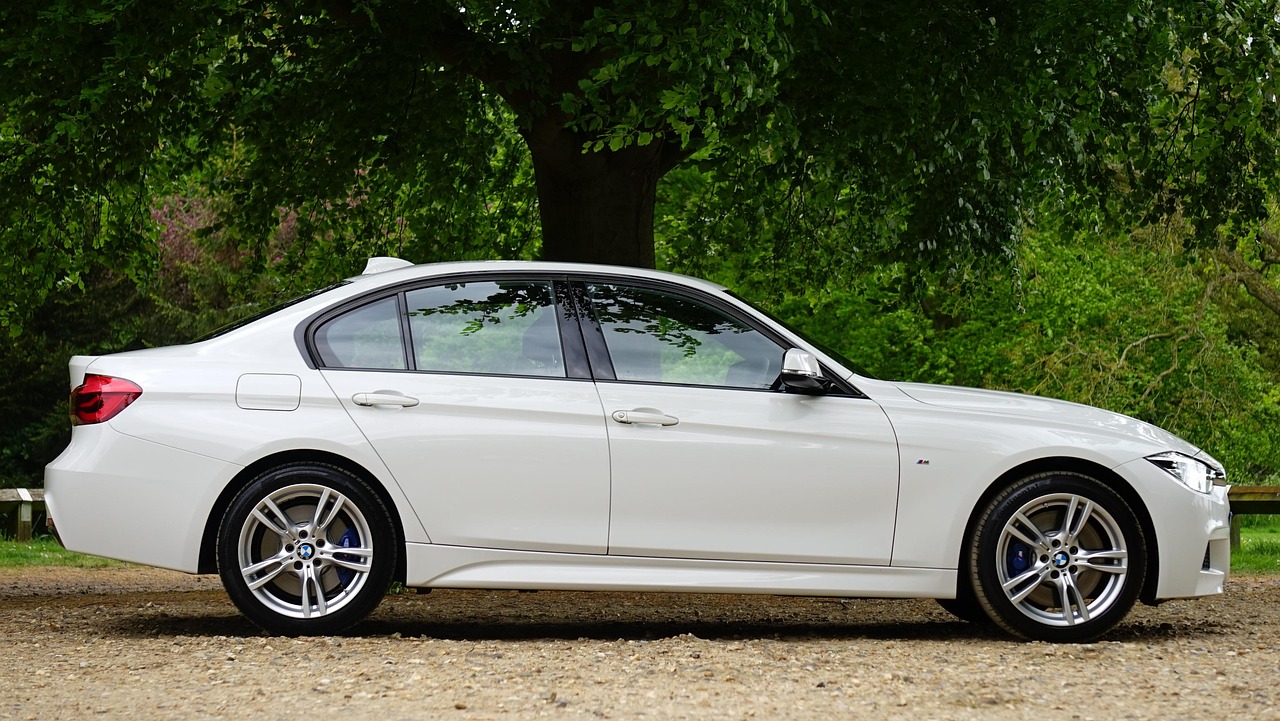Owning your first car is exciting — but it also brings responsibility. Without proper maintenance, that excitement can quickly turn into frustration. Whether your vehicle is brand new or a few years old, embracing good maintenance habits early on can save you money, prevent breakdowns, and extend your car’s lifespan. Drawing from best practices recommended by trusted car-care sources, here’s an in-depth guide to keeping your vehicle running smoothly.
Understand Why Maintenance Matters
Cars are complex machines with countless moving parts, fluids, and systems. Over time, wear and tear take their toll, especially if you neglect basic care. Simple oversights become bigger problems: dirty oil can cause engine damage, worn belts may snap, brakes may lose performance, and neglected tires can become dangerous.
According to maintenance guides for first-time owners, staying proactive helps you catch trouble early — before a small issue becomes a huge, expensive repair. Seasonal checks, regular inspections, and getting to know your car’s rhythms are all part of being a smart owner.
Start with the Basics: Monthly Habits That Save Big
As a first step, adopt a few maintenance checks you can perform every month or so. These tasks don’t require special tools — just attention and consistency.
Check your engine oil level and quality. Low or dirty oil is one of the most common causes of premature engine wear. Top it up between scheduled oil changes if necessary.
Inspect tire pressure while the tires are cold. Driving with incorrect pressure reduces fuel efficiency, unevenly wears tires, and affects braking and handling. Also glance at tread depth and look for bulges or cuts in the sidewalls.
Ensure all external lights are functioning: headlights (low and high beam), brake lights, indicators, and hazard lights. Faulty lighting compromises safety and may be illegal.
Evaluate your windshield wipers; if they leave streaks or struggle to clear water, replace them. Visibility during rain or dust storms is essential for safety.
Lastly, glance over your fluid reservoirs — coolant, brake fluid, windshield washer fluid — and top them up as needed.
Scheduled Maintenance: When and What
Beyond monthly checks, your car requires services at defined intervals — often linked to mileage or time. These tasks tend to cost more but are critical for long-term durability.
One of the most important is the oil and filter change. Depending on your car and the type of oil, this might occur every 5,000 to 10,000 miles (or every 6 to 12 months). Using the right oil grade and quality is essential.
Brake systems deserve regular attention. Brake pads and rotors wear over time. If you hear squealing, grinding, or feel reduced braking responsiveness, don’t delay inspection. Replacing worn pads early preserves rotors and prevents more expensive repairs.
Belts and hoses in the engine compartment carry power, fluids, and pressure. Over time, belts crack or lose tension, and hoses become brittle or leak. These components should be visually inspected periodically, especially before long trips or in climates with extreme heat or cold.
The suspension and steering systems also wear with use. Struts, shocks, bushings, and tie rods influence ride quality, control, and tire wear. At scheduled intervals (often every 30,000 to 60,000 miles), your mechanic should check these for signs of fatigue or damage.
Air filters (engine and cabin) tend to clog over time, reducing airflow and efficiency. Replacing them regularly improves performance, fuel economy, and HVAC effectiveness.
Coolant systems (radiator, water pump, hoses) may need flushing or replacement over time. Degraded coolant loses its protective properties, leading to overheating or corrosion.
Finally, major services like timing belt replacements, transmission fluid changes, and detailed inspections belong to higher mileage milestones, often around 60,000 to 100,000 miles, depending on your car’s design.
Seasonal & Situational Maintenance
The time of year and your driving environment also influence what maintenance you should prioritize.
Before hot or rainy seasons, inspect your cooling system, tire condition, and belts more closely. Heat can exacerbate coolant issues, while rain demands that wipers and tires be ready for slick roads.
If you drive frequently on rough roads, dirt roads, or in dusty regions, filters, underbody protection, and suspension components degrade faster. In such cases, shorten the intervals between inspections.
For those using their car in cold climates, battery health, heater function, and anti-freeze are critical. Cold starts strain engines and batteries, making maintenance more demanding.
Building Good Habits as a New Owner
First-time car owners may feel overwhelmed, but forming consistent habits from the start pays dividends.
Keep a maintenance log: record dates, mileage, what was done, and parts used. This history becomes invaluable when selling or diagnosing issues.
Don’t ignore warning signs: strange noises, smells, warning lights, rough idling — all may signal problems. Address them early.
Choose a trusted mechanic: as you gain experience, having a repair shop familiar with your car helps diagnose issues faster and more accurately.
Budget for maintenance: car care isn’t free. Setting aside a portion of your monthly income for upkeep prevents surprise expenses from derailing your budget.
Spend time every month giving your car a quick visual inspection. Walk around, look under the hood, feel belts or hoses for sponginess, check tire sidewalls — the practice builds familiarity and lets you spot odd changes early.
Why This Matters for Long-Term Reliability
Vehicles run smoothest when all systems work in harmony. Neglect one area, and others compensate beyond their limits. Underinflated tires stress suspension, which can affect alignment and steering, which can in turn wear different tires faster. Poor oil or coolant undermines engine parts. One failed hose can cause overheating, which stresses belts and pulleys.
By maintaining everything — small parts and big systems — you allow the car to age gracefully. Also, a vehicle with documented care commands better resale value. Buyers trust a car that has a recorded history of maintenance.
References
Mathews Ford: “Must-Know Car Maintenance Tips for First-Time Owners” – https://www.mathewsford.com/blog/2025/july/3/must-know-car-maintenance-tips-for-first-time-owners.htm
The AA: “Car Maintenance Tips” – https://www.theaa.com/breakdown-cover/advice/car-maintenance-tips
DealerFire / TT Blogs: “Top 10 Car Maintenance Tips to Keep Your Vehicle Running Smoothly” – https://tt-blogs.dealerfire.com/we-auto/top-10-car-maintenance-tips-to-keep-your-vehicle-running-smoothly/



